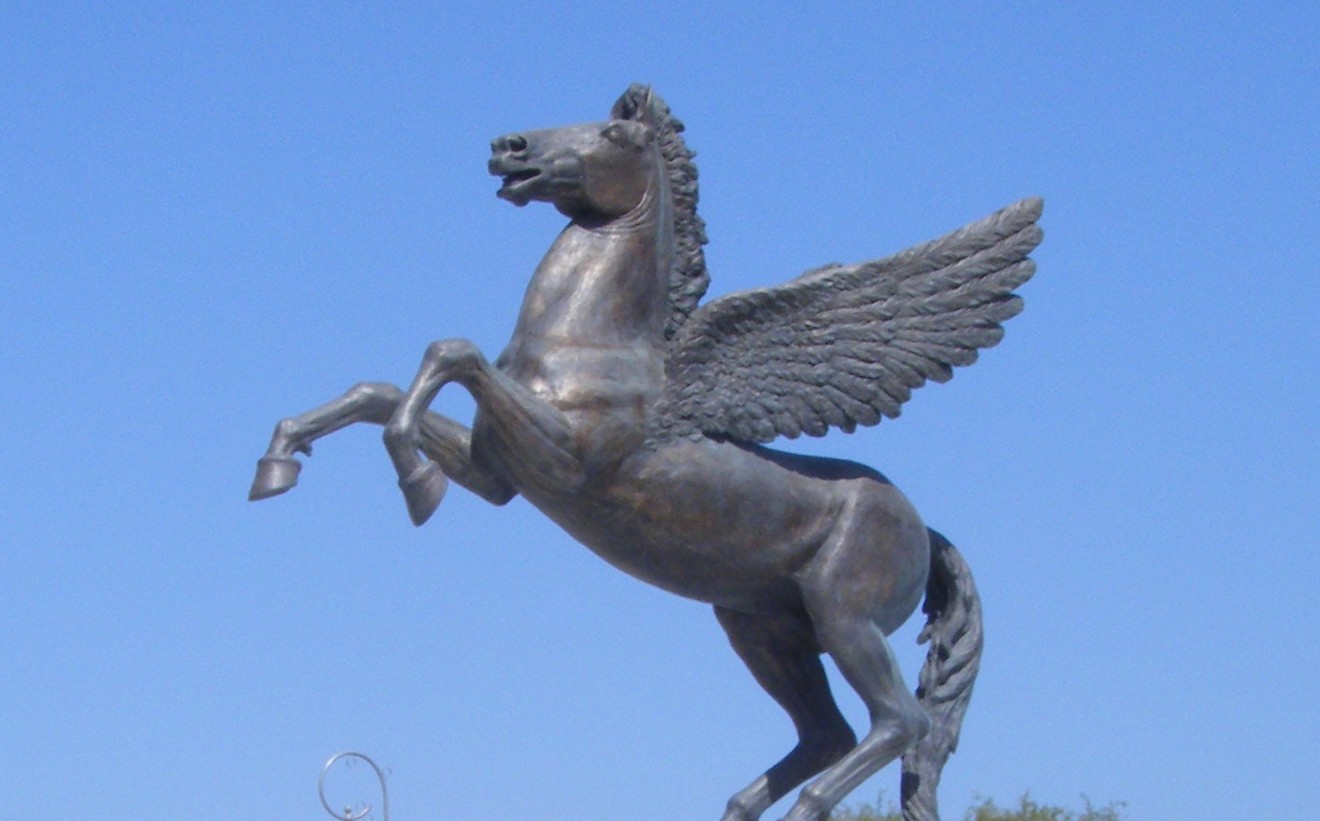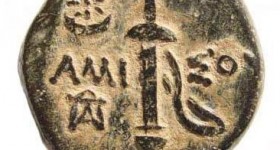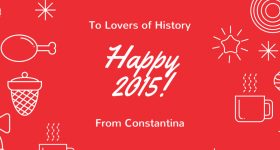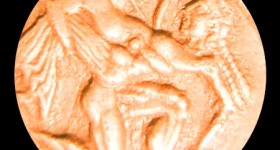Teaching Ancient Coins: Identifying the Problems
Back in the old days, in order to master the discipline, the students had to have a strong background in a) Classical Archaeology, specifically Greco-roman sculpture and architecture, b) Basic knowledge of statistical analysis, c) Theory of Economic History and d) Political Theory. As far as I know, none of our British students have such a background. This is not a typically British characteristic. In fact, our colleagues in Frankfurt, where the subject is taught regularly, informed me that these days also the German students have only basic knowledge of ancient history and archaeology. Their Greek counterparts at the University of Athens present a similar picture, apart from a few bright exceptions. Creating an interdisciplinary atmosphere and being able to use more than one method in order to reconstruct the past has always been challenging.
However, this is only one of the reasons that numismatics is not taught, not even as part of other modules. In addition, to the lack of basic knowledge, I observed other issues that need to be addressed. The most serious one is the lack of any background knowledge, which, combined with the innate difficulties of the subject, lead to extreme boredom. In my undergraduate classes, every time I tried to touch upon the subject of coinage, I could feel the students’ eye lashes becoming heavier and heavier, until their heads dropped on the desk. In all fairness, in the space of a single hour I felt unable to convey both the essential information and the required excitement for the topic! Apart from a few students who collect coins, the rest did not seem interested in the discipline.
Even if the students are willing to study numismatics and an ancient historian is willing to teach them, there are other problems that appear in the horizon. Departments of Archaeology, Classics and Ancient History do not have collections of coins, or casts or any other material that the students can access. In addition to this problem, there is a distinct lack of numismatic books in the library. The reasons for such an omission are two fold: a) Books tend to be extremely expensive because of the large number of high quality photos they include and b) Some of the best numismatic books have been written in German; hence the libraries would not invest any of their resources on them. Of course, here I should note that I would exclude the Universities of London, Oxford and Cambridge. The lack of handbooks (with the exception of Howgego’s book on Coins and Ancient History) is another issue that needs to be addressed.
In order to move forward with the study of numismatics in the UK, we should take into consideration the inherent restrictions of the British system: 1) Teaching archaeology and ancient history is extremely theoretical, at least, by comparison to European Universities. Only rarely, if ever, would we find a module on Classical or Hellenistic Sculpture for example. Or another module that will tackle the intricacies of the iconography of Greek and Roman mythology. 2) The BA spans only over three years, which does not leave enough time for any attention to detail. Even at an MA level (which last only for one year) the students are not always required to tackle the basic skills a good numismatist needs. The system does not allow for the specialisation of neither numismatics nor epigraphy. 3) Last but not least, it is sadly assumed that the teaching of numismatics falls almost entirely within the sphere of influence of museums. It is not a coincidence that only six ancient numismatists in the UK teach at a University level (2/3rds of them in the Midlands): myself, Colin Haselgrove (Leicester), Stanley Ireland (Warwick), Kevin Butcher (Warwick), Peter Guest (Cardiff) and Chris Lockyear (London).





Very interesting. Quite an insightful analysis…
Dear Konstantina,
I have taught numismatics strictly as a seminar or upper level course. And in the absence of a coin collection and casts, I have used old market coin catalogs. This is something that Ted Buttrey taught me. Best wishes, bruce
I thought of doing exactly the same. However, when I suggested it, I faced strong opposition from those who thought that using auction catalogues is unethical, because of the black market in coins.
The ethical matter remaining open, perhaps you would consider using on occasion images (and info) from web sites such as http://www.acsearch.info/ or http://www.coinarchives.com/ or even better http://pro.coinarchives.com/ (CoinArchives Pro Academic Edition: reduced pricing for persons affiliated with a non-profit academic institution).
Reduced prices are not going to solve the problem of cash starved academics. If they provide the photos for free, then…. this is a different case.